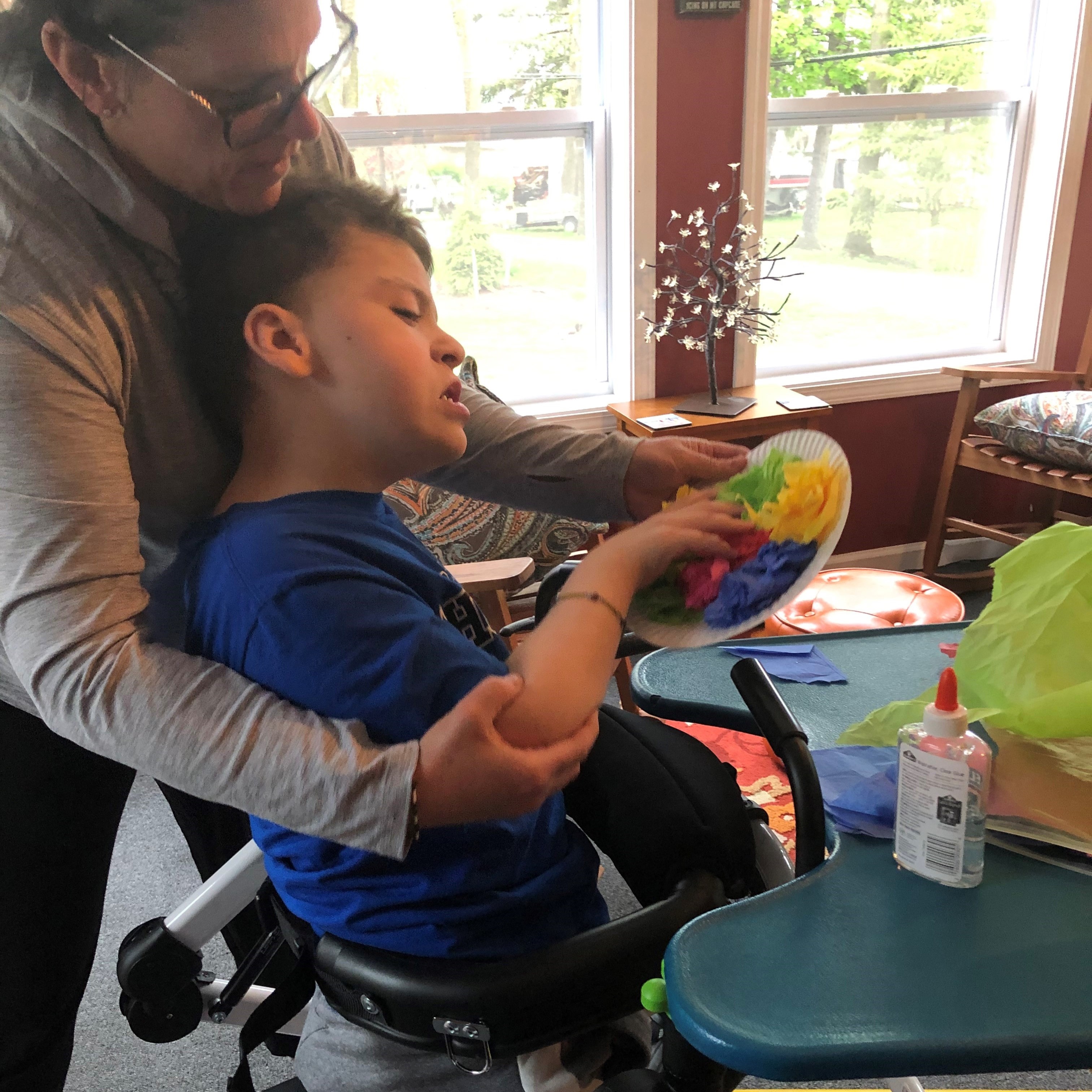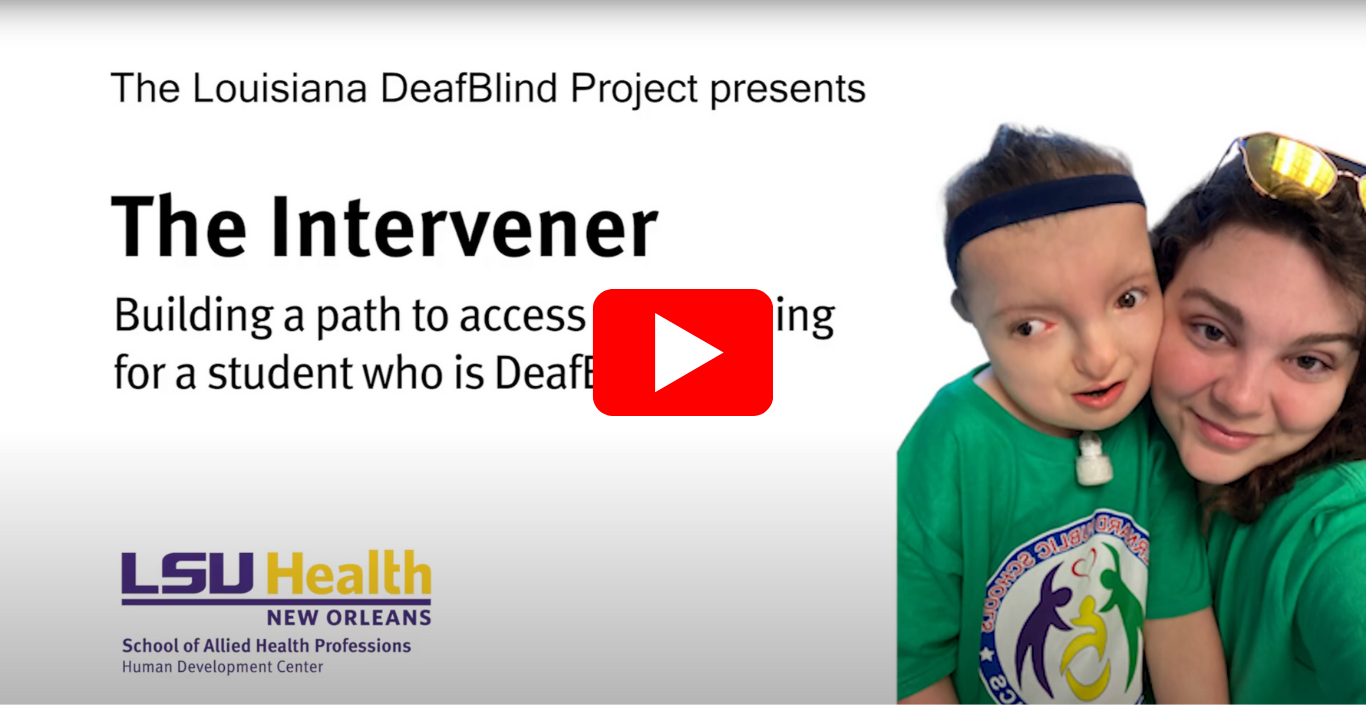
A wide variety of children may be considered DeafBlind, regardless of the cause or degree of combined hearing and vision loss.
Each student who is DeafBlind has different access needs, experiences, and ways of learning and communicating. Many have additional disabilities. If you are unsure whether your student qualifies, please reach out to us!
We provide support to:
Early Intervention Providers
Pediatric Therapy Centers
Teachers
Paraprofessionals
Related Services Providers
School Administrators
Medical Professionals
Vocational Rehabilitation Counselors
Any professional working with a child who may be DeafBlind can request support.
When you request support, we will reach out to plan next steps.
Professional Development
We provide professional development tailored to your team's needs at no cost.
To learn about training opportunities and other resources, sign up for our newsletter!
Past PD topics include:
- Strategies to promote learning for students who are DeafBlind
- Hearing and vision in early childhood
- Making visual supports accessible
- ASL interpreting for students who have low vision
- Cortical Visual Impairment
- Supporting students who have CHARGE syndrome
- And more!
About Interveners
An intervener is a highly trained paraprofessional who works one-on-one with a student who is DeafBlind. Interveners work with students who are DeafBlind to ensure access to communication, learning, people, and the environment throughout the school day.
LADBP can provide ongoing training and mentorship when a paraprofessional is identified by a district or IEP team to serve as an intervener for a student who is DeafBlind.
About the DeafBlind Child Count
The DeafBlind Child Count is conducted each year as required by the Office of Special Education Programs (OSEP).
LADBP will ask each district and early intervention region to refer children who may be DeafBlind for inclusion in the Child Count each year.
If you have questions about how to respond to the annual DeafBlind child count, please contact us.
Child Count Data
The National Center on Deafblindness compiles each state's data into an annual National DeafBlind Child Count.
Identification for Administrators
The National Center on Deafblindness provides guidance for administrators on identifying students who may be DeafBlind for the Child Count.

